#restel
Explore tagged Tumblr posts
Text



В лунном свете.
#sims 4#ts4 werewolves#sims 4 werewolves#sims 4 greg#restelle x greg#greg lunvik#greggorius lunvik#sims 4 werewolf#commission#commission art
28 notes
·
View notes
Text
5-4-3-2-1 book challenge!
another booktok trend i decided to pop into bookblr!! i've watched a million of these so i wanted to make my own!

5 books I love

☄. *. ⋆Books listed:
❥ Madame Restell: The Life, Death and Resurrection of Old New York's Most Fabulous, Fearless, and Infamous Abortionist by Jennifer Wright
❥ Pet by Akwaeke Emezi
❥ The Indifferent Stars Above: The Harrowing Saga of a Donner Party Bride by Daniel James Brown
❥ Iona Iverson's Rules for Commuting by Clare Pooley
❥ Dragonfall by L.R Lam
4 books on my tbr

☄. *. ⋆Books listed:
❥ An Ember in the Ashes by Sabaa Tahir
❥ The Heart Asks Pleasure First by Karuna Ezara Parikh
❥ The Undertaking of Hart and Mercy by Megan Bannen
❥ The Historian by Elizabeth Kostova
3 books I recommend

☄. *. ⋆Books listed:
❥ Assassin's Apprentice by Robin Hobb
❥ Fireborne by Rosaria Munda
❥ Six of Crows by Leigh Bardugo
2 recent 5-star reads

☄. *. ⋆Books listed:
❥ The Six Deaths of the Saint by Alix E. Harrow
❥ Anxious People by Fredrik Backman
1 current read

☄. *. ⋆Books listed:
❥ Royal Assassin by Robin Hobb

(divider credit: @enchanthings )
#54321 book tag#book tag#bookblr#books#books and reading#book reccomendation#madame restell#pet by akwaeke emezi#the indifferent stars above#iona iverson's rules for commuting#dragonfall by l.r lam#an ember in the ashes#the heart asks pleasure first#the undertaking of hart and mercy#the historian by elizabeth kostova#assassin's apprentice#fireborne by rosaria munda#six of crows#the six deaths of the saint#anxious people by fredrik backman#royal assassin by robin hobb
2 notes
·
View notes
Text
"Modern estimates state that by the mid-nineteenth century, as many as 20 percent of pregnancies ended in abortion. Women might be married and “respectable,” or unmarried and desperate. One 1860 medical paper, written by the physician Edwin Hale, “safely asserted that there is not one married female in ten who has not had an abortion, or at least attempted one.” The doctor further noted that, in his own practice, he had seen women who had given birth to “eight, ten and thirteen children, and [had] at least as many abortions.” Hale was not necessarily horrified by this; he believed that “in no instance should the life, or even the health of the mother be sacrificed to save that of an impregnated ovum before the date of its ‘viability.’” Horatio Storer, an antiabortion activist, later came to a similar conclusion, about the frequency of abortions, if not the moral merit of performing them. He claimed in 1868 that in New York, there was approximately one abortion for every four live births."
From Madame Restell by Jennifer Wright
19 notes
·
View notes
Text
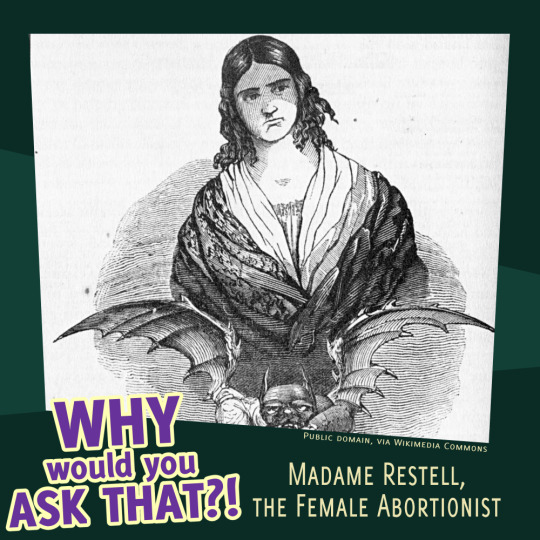
[image: Madame Restell, or Ann Lohman, as depicted in the 13 March 1847 edition of the National Police Gazette. It is in the linocut style, with a pensive woman with a shaded face. A demon hovers under her, eating a baby. The baby eating part has been cut off.]
Madame Restell is a famed abortionist from New York, starting her trade first as a seamstress before beginning her business as a female physician, providing abortifacients to those in need of her services.
Here's an ad she ran in the New York Sun in 1839:
TO MARRIED WOMEN.—Is it not but too well known that the families of the married often increase beyond what the happiness of those who give them birth would dictate?… Is it moral for parents to increase their families, regardless of consequences to themselves, or the well being of their offspring, when a simple, easy, healthy, and certain remedy is within our control? The advertiser, feeling the importance of this subject, and estimating the vast benefit resulting to thousands by the adoption of means prescribed by her, has opened an office, where married females can obtain the desired information.
Go listen to episode 66 >>
4 notes
·
View notes
Text
Reading the new book on Madame Restell’s life is basically just constantly asking the question of:
“Oh who caused this historic problem? Capitalists? Christians? Or cis-men?”
The three C’s really can’t lay off.
#madame Restell#New York’s most famous abortionist#god I love her#this is a great book#paints the whole picture#love it
2 notes
·
View notes
Text
0 notes
Text
0 notes
Text

[picture: cover of Madame Restell by Jennifer Wright]
So part of my personal self care is to listen to audio books on my commute (or else I usually fixate on something negative and work myself into a bad mood for no reason.)
Madame Restell is very interesting and very informative! And yes, it’s about abortions in the 1800s, and it doesn’t gloss over how and why they were done. I wouldn’t call it gruesome, but also I’m morbidly curious about medical procedures.
The problem with this book is that it did not fulfill my self care needs lol. If anything, it made me angrier when I listened to it. So instead of arriving to work bushy tailed and ready for emails, I was ready to fight someone. Pros and cons.
Overall a very interesting book and one I will be adding to my permanent collection.
1 note
·
View note
Note
any good nonfiction lately?
yes! i haven't read a ton of nonfiction recently and i haven't loved some of the ones i have read, but in the last few months i've really liked:
We See Each Other by Tre'vell Anderson, about the history of Black & trans people in media.
Madame Restell by Jennifer Wright is about a famous abortionist in pre-Gilded Age New York. So fascinating to me to see how we're having the exact same arguments over and over again.
Aoyade on Top by Richard Aoyade is the comedian's deep dive into Gwenyth Paltrow's comedy film View From the Top. So funny.
Hey Hun by Emily Lynn Paulson is a memoir from a woman who made it to a very high level in a multi-level marketing company before realizing how dark and manipulative these companies are.
23 notes
·
View notes
Photo

The Mysterious Murder of the Beautiful Cigar Girl
The mysterious murder of Mary Rogers, known in the penny press as the “Beautiful Cigar Girl,” in the summer of 1841 remains one of New York City’s most infamous unsolved cases. Even Edgar Allan Poe took a crack at solving it, yet while her ghost is said to have visited the numerous suspects that the press circled after the beautiful young lady’s death, the truth of the grisly crime is still as murky as the Hudson River waters where her corpse was found.
In 1838, John Anderson, who owned a tobacco shop on Broadway in Lower Manhattan, hired Mary Rogers to stand at his counter purely to allure gentleman customers. It worked, and the dark haired beauty who was described as ”ethereal and hypnotically pleasing” made Anderson’s Tobacco Emporium one of the most popular in town. It had a regular clientele of notable figures like Washington Irving and, it’s stated, Poe himself, as well as a cavalcade of journalists, which would help to get her gruesome end its high profile in the press.
One day in October of 1838, Rogers went missing. Two weeks later, she suddenly reappeared, and many thought that Anderson had staged the disappearance for publicity. Rogers’ adoring fans swarmed the shop, and she soon felt overwhelmed and left to work in her mother’s boarding shop. Yet in July of 1841, she went missing again, and this time two men on the shore of New Jersey spotted her floating near Sybil’s Cave.
Built in 1832 to connect to a natural spring, Sybil’s Cave once offered cool water to visitors to the Hoboken shore. The visitors have long vanished, but in 2007 a new gate was built in front of the manmade cave. It’s here that many believe Rogers was murdered, although how is still a matter of speculation. The bruises on her body and ligature on her throat suggested gang violence or a vengeful lover (one of her many suitors, perhaps). From when her swollen remains were pulled from the water, each new clue or suspect was breathlessly reported in the tabloids, and the public loved it, buying the papers in an unprecedented frenzy.
The attention, not surprisingly, took its toll on the people involved, particularly her fiancé Daniel Payne, who had a solid alibi, but was hounded by the press nonetheless. He was discovered near Sybil’s Cave dead from an apparent suicide by poison, with a note reading: “To the World - here I am on the very spot. May God forgive me for my misspent life.”
The rampant press also inspired Edgar Allan Poe, who had his own theories about the case. In his story “The Mystery of Marie Rogêt,” he not so subtly changed the details to Paris with a murder victim named Marie Rogêt. While his detective C. Auguste Dupin speculated on many suspects, he never settled on one, although Poe studiously kept updating the story with new evidence. It’s considered to be the first work of fiction that used a real murder as its source material.
One suspect, Anderson himself, was speculated to have had his amorous advances rejected by Rogers. Although he’s buried in Green-Wood Cemetery in Brooklyn, he died in 1881 in Paris, claiming to his last days that he was being tormented by her ghost. Payne also claimed to have seen the slender Rogers as a specter.
A later theory came from the deathbed of a tavern owner near Sybil’s Cave, who, after accidentally being shot by her son, gasped out that Rogers had actually died from a botched abortion. Some have theorized that this was done by the infamous Madame Restell, an early abortionist who practiced while it was still a felony. Restell would cut her own throat in her bathtub in 1878, and she’s now interred in Sleepy Hollow Cemetery.
It’s likely the mystery of who killed Mary Rogers that summer night will never be solved, although you can retrace her last steps yourself at the ruins of Sybil’s Cave, and wander to the final resting place of her employer in Green-Wood Cemetery, where he is perhaps resting in fitful peace with the ghost of the girl who once bewitched the city to his shop.
35 notes
·
View notes
Text


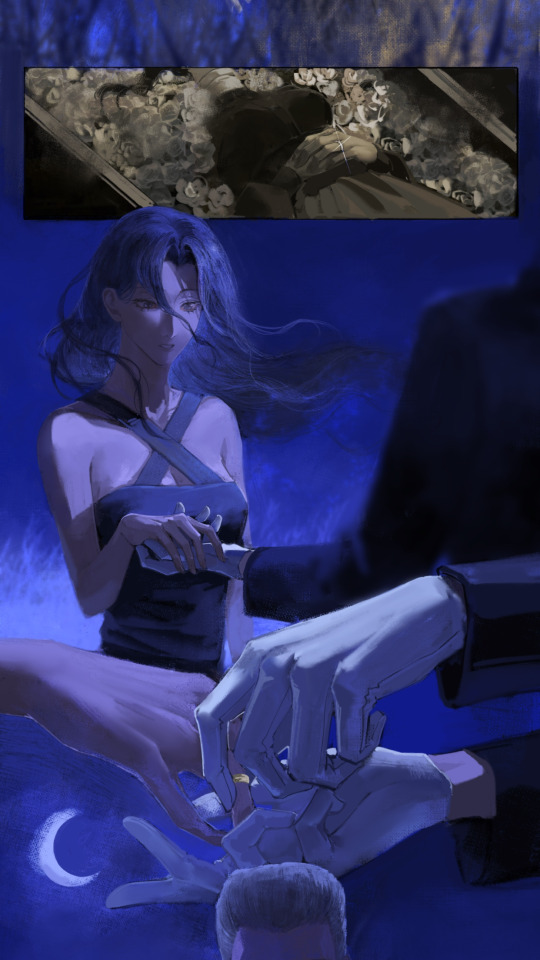
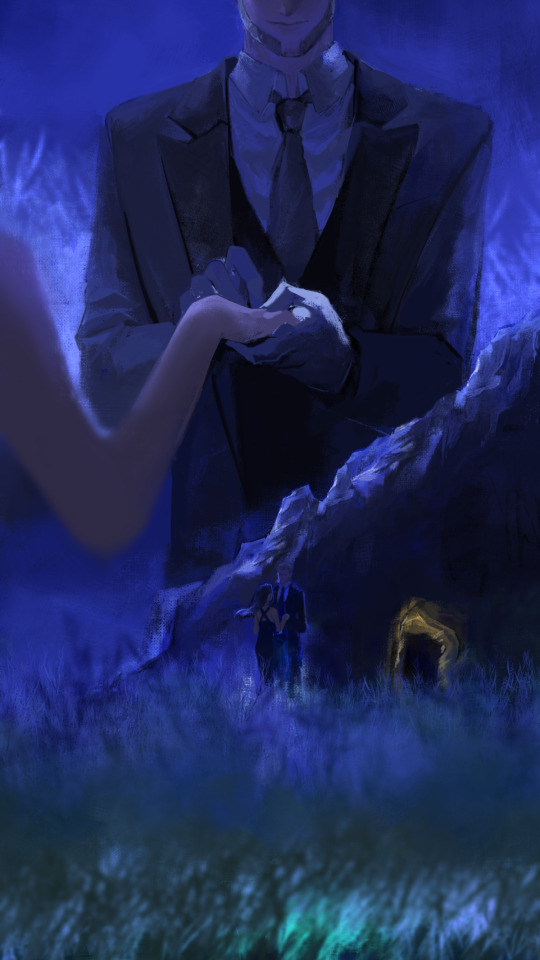

This is the setting of reincarnation.
One of the wedding rings has been buried in the earth with the death of a previous life. All that was left was the wedding ring Greg still wore.
In the story, after the reincarnation, We affirmed our feelings for each other once again, He took off the wedding ring he was wearing and placed it on my finger again, as he had done so many centuries ago.
In the background are the howling point at Moonwood Mill, and Glimmerbrook.
#sims 4#ts4#sims 4 werewolves#sims 4 greg#restelle x greg#greg lunvik#greggorius lunvik#moonwood mill#commission#commission art
15 notes
·
View notes
Text
Tóth Árpád:
ÚJÉV REGGELE
Véget ért a
Szilveszter-éji szender.
Felkelne az ember.
De nem mer.
Mert jön a kenetes
Basszusú szemetes.
És jön a gyászos
Szopránu gázos.
Jön a májfoltos
Sarki boltos.
Sőt, jön a bordó
Orrú levélhordó.
Jönni nem restel
Hajlongó testtel
Uram s parancsolóm:
A házmester.
Vele jön nyájas kibice,
A vice.
Jő és belém kiván sokat
A nő, aki rám mosogat.
Jön vidáman a szabószámla,
S arcáról a bőr le nem hámla.
Jön bús, fekete sál alatt
A temetési vállalat.
S jön az olcsóságmentes
Hentes.
És buékot nyihogat, ó,
Minden páholynyitogató.
Fiákeres és ószeres
Reámborulnak: ó, szeress!
És jön emez, és jön amaz,
És jön háromszor ugyanaz.
S jönnek tizezren.
S ájultan fekszem.
S tolongnak vadul
Az ágyam körül,
S direkt mind az én
Újévemnek örül.
Nyüzsögnek zsúfolt rendben
A széken, asztalon, kredencen
És a sézlongon.
És keresztül a sok tolongón
Hozzám jutni alig tuda
A guta.
1913
11 notes
·
View notes
Text
"While eighteenth- and early nineteenth-century society admired virginity, actual attitudes toward everyday premarital sexual activity at the time were more relaxed—both in Europe and even in supposedly puritanical America—than they’re often portrayed as being in modern media. As the historian Jack Larkin stated, “Into the 1820s, almost all Americans would have subscribed to the commonplace notion that sex, within proper social confines, was enjoyable and healthy and that prolonged sexual abstinence could be injurious to health. They also would have assumed that women had powerful sexual drives.” Premarital sex between couples was common. So common, in fact, that one pastor, in South Carolina in 1847, claimed that most brides—“except for two or three”—were pregnant when he performed their weddings. In some northeastern American states, bundling—in which two sweethearts would snuggle, supposedly chastely, in bed, with the consent of their parents—was a common custom during courtship through the 1700s. The “chaste” part of the practice, however, was notoriously misleading—which may help explain why, in the 1790s, one-third of rural New England brides were already pregnant by the time they walked down the aisle."
From Madame Restell by Jennifer Wright
5 notes
·
View notes
Text
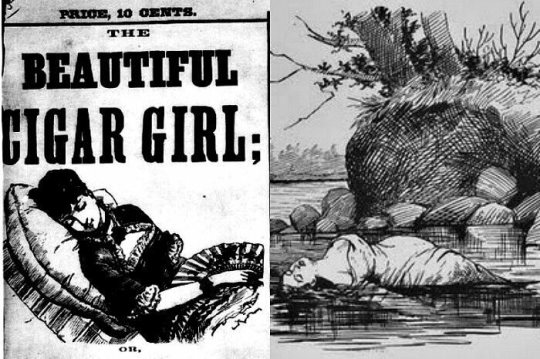
The Mysterious Murder of the Beautiful Cigar Girl
The mysterious murder of Mary Rogers, known in the penny press as the “Beautiful Cigar Girl,” in the summer of 1841 remains one of New York City’s most infamous unsolved cases. Even Edgar Allan Poe took a crack at solving it, yet while her ghost is said to have visited the numerous suspects that the press circled after the beautiful young lady’s death, the truth of the grisly crime is still as murky as the Hudson River waters where her corpse was found.
In 1838, John Anderson, who owned a tobacco shop on Broadway in Lower Manhattan, hired Mary Rogers to stand at his counter purely to allure gentleman customers. It worked, and the dark haired beauty who was described as ”ethereal and hypnotically pleasing” made Anderson’s Tobacco Emporium one of the most popular in town. It had a regular clientele of notable figures like Washington Irving and, it’s stated, Poe himself, as well as a cavalcade of journalists, which would help to get her gruesome end its high profile in the press.
One day in October of 1838, Rogers went missing. Two weeks later, she suddenly reappeared, and many thought that Anderson had staged the disappearance for publicity. Rogers’ adoring fans swarmed the shop, and she soon felt overwhelmed and left to work in her mother’s boarding shop. Yet in July of 1841, she went missing again, and this time two men on the shore of New Jersey spotted her floating near Sybil’s Cave.
Built in 1832 to connect to a natural spring, Sybil’s Cave once offered cool water to visitors to the Hoboken shore. The visitors have long vanished, but in 2007 a new gate was built in front of the manmade cave. It’s here that many believe Rogers was murdered, although how is still a matter of speculation. The bruises on her body and ligature on her throat suggested gang violence or a vengeful lover (one of her many suitors, perhaps). From when her swollen remains were pulled from the water, each new clue or suspect was breathlessly reported in the tabloids, and the public loved it, buying the papers in an unprecedented frenzy.
The attention, not surprisingly, took its toll on the people involved, particularly her fiancé Daniel Payne, who had a solid alibi, but was hounded by the press nonetheless. He was discovered near Sybil’s Cave dead from an apparent suicide by poison, with a note reading: “To the World - here I am on the very spot. May God forgive me for my misspent life.”
The rampant press also inspired Edgar Allan Poe, who had his own theories about the case. In his story “The Mystery of Marie Rogêt,” he not so subtly changed the details to Paris with a murder victim named Marie Rogêt. While his detective C. Auguste Dupin speculated on many suspects, he never settled on one, although Poe studiously kept updating the story with new evidence. It’s considered to be the first work of fiction that used a real murder as its source material.
One suspect, Anderson himself, was speculated to have had his amorous advances rejected by Rogers. Although he’s buried in Green-Wood Cemetery in Brooklyn, he died in 1881 in Paris, claiming to his last days that he was being tormented by her ghost. Payne also claimed to have seen the slender Rogers as a specter.
A later theory came from the deathbed of a tavern owner near Sybil’s Cave, who, after accidentally being shot by her son, gasped out that Rogers had actually died from a botched abortion. Some have theorized that this was done by the infamous Madame Restell, an early abortionist who practiced while it was still a felony. Restell would cut her own throat in her bathtub in 1878, and she’s now interred in Sleepy Hollow Cemetery.
It’s likely the mystery of who killed Mary Rogers that summer night will never be solved, although you can retrace her last steps yourself at the ruins of Sybil’s Cave, and wander to the final resting place of her employer in Green-Wood Cemetery, where he is perhaps resting in fitful peace with the ghost of the girl who once bewitched the city to his shop.
10 notes
·
View notes
Text
My Top 12 Books of 2023 and a Few Honourable Mentions

12. Dead Sound by Anise Eden

11. The Matzah Ball by Jean Meltzer

10. The Boyfriend Candidate by Ashley Winstead

9. A Rip Through Time by Kelley Armstrong
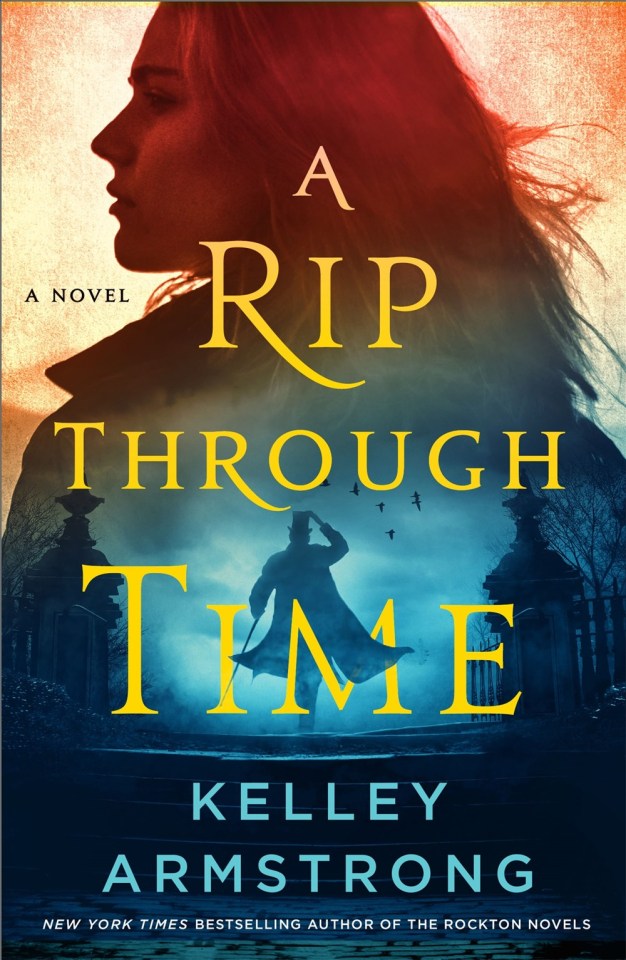
8. Do-Overs & Mixed Signals by Marie Landry
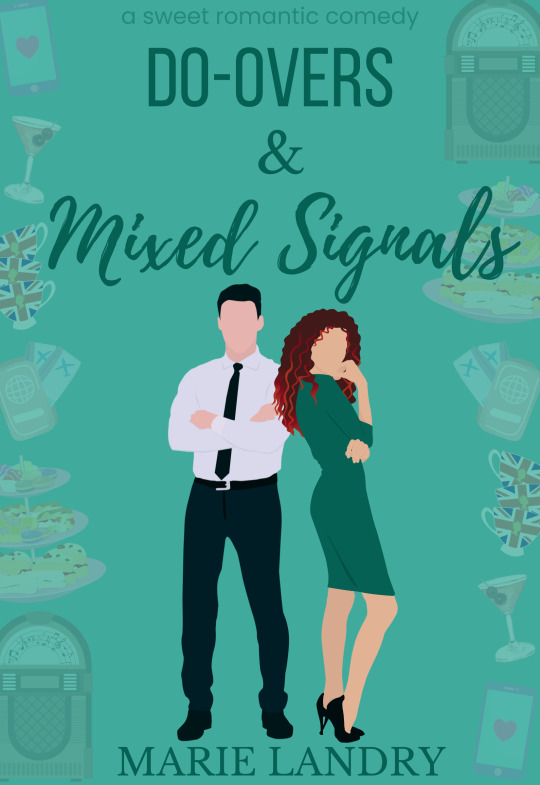
7. Darke Passion by Rosanna Leo

6. Four Weddings to Fall in Love by Jackie Lau
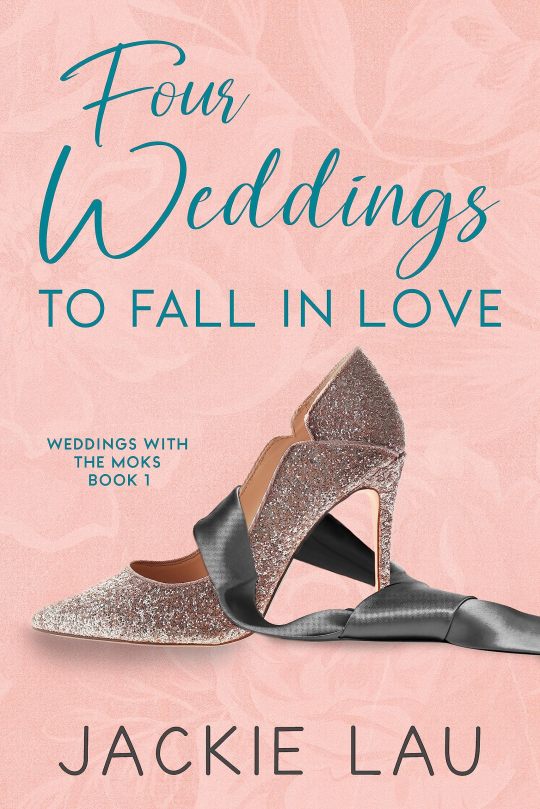
5. Her Lost Words: A Novel of Mary Wollstonecraft and Mary Shelley by Stephanie Marie Thorton
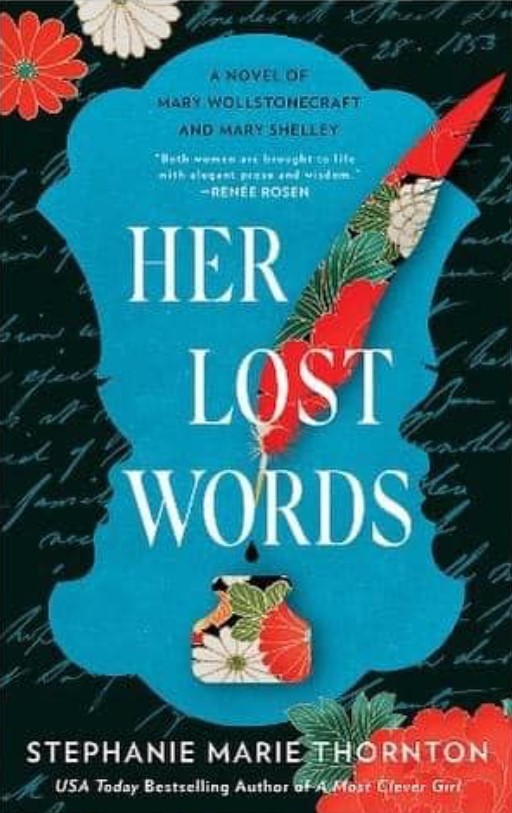
4. Madame Restell: The Life, Death, and Resurrection of Old New York’s Most Fabulous, Fearless, and Infamous Abortionist by Jennifer Wright

3. Hotel of Secrets by Diana Biller
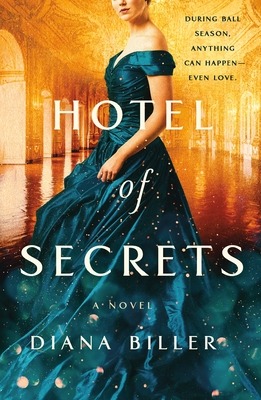
2. Winter Wonderland Love by Sara Ohlin

1. Practice Makes Perfect by Sarah Adam

Honourable Mentions in no particular order
Ship Wrecked by Olivia Dad

Closer by Sea by Perry Chafe
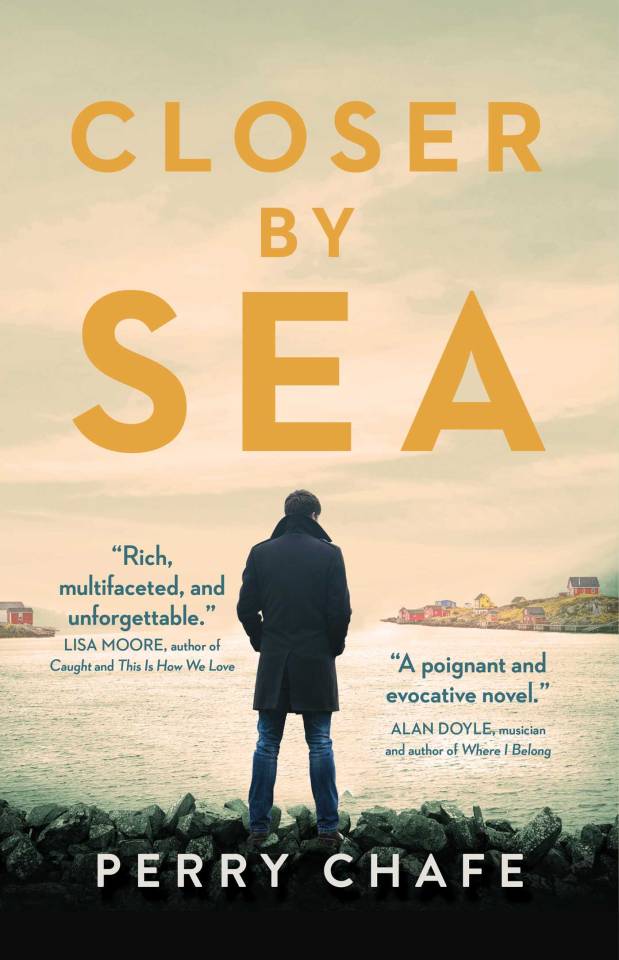
A Smile in a Whisper by Jacquelyn Middleton
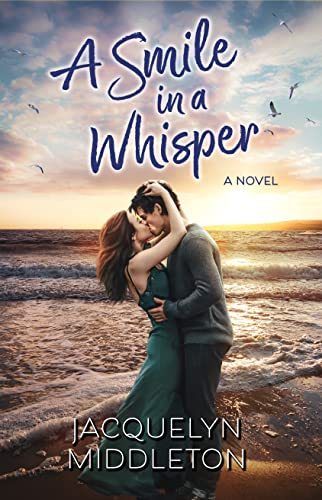
Knock Out by Sarah MacLean
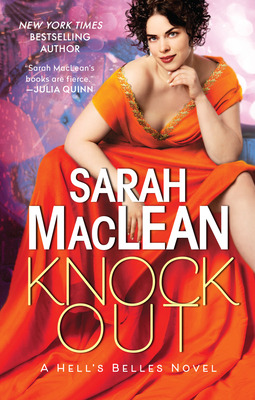
The Seven Year Slip by Ashley Poston
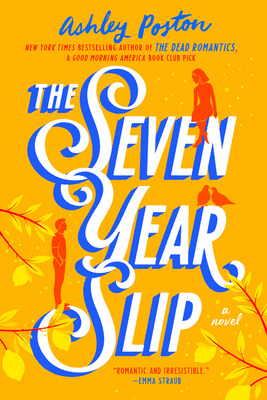
inheritance by Nora Roberts

So lucky to read so many AWESOME books this year that it was hard to pick a best of, good problem to have.
Did you have a favourite book/s this year?
3 notes
·
View notes
